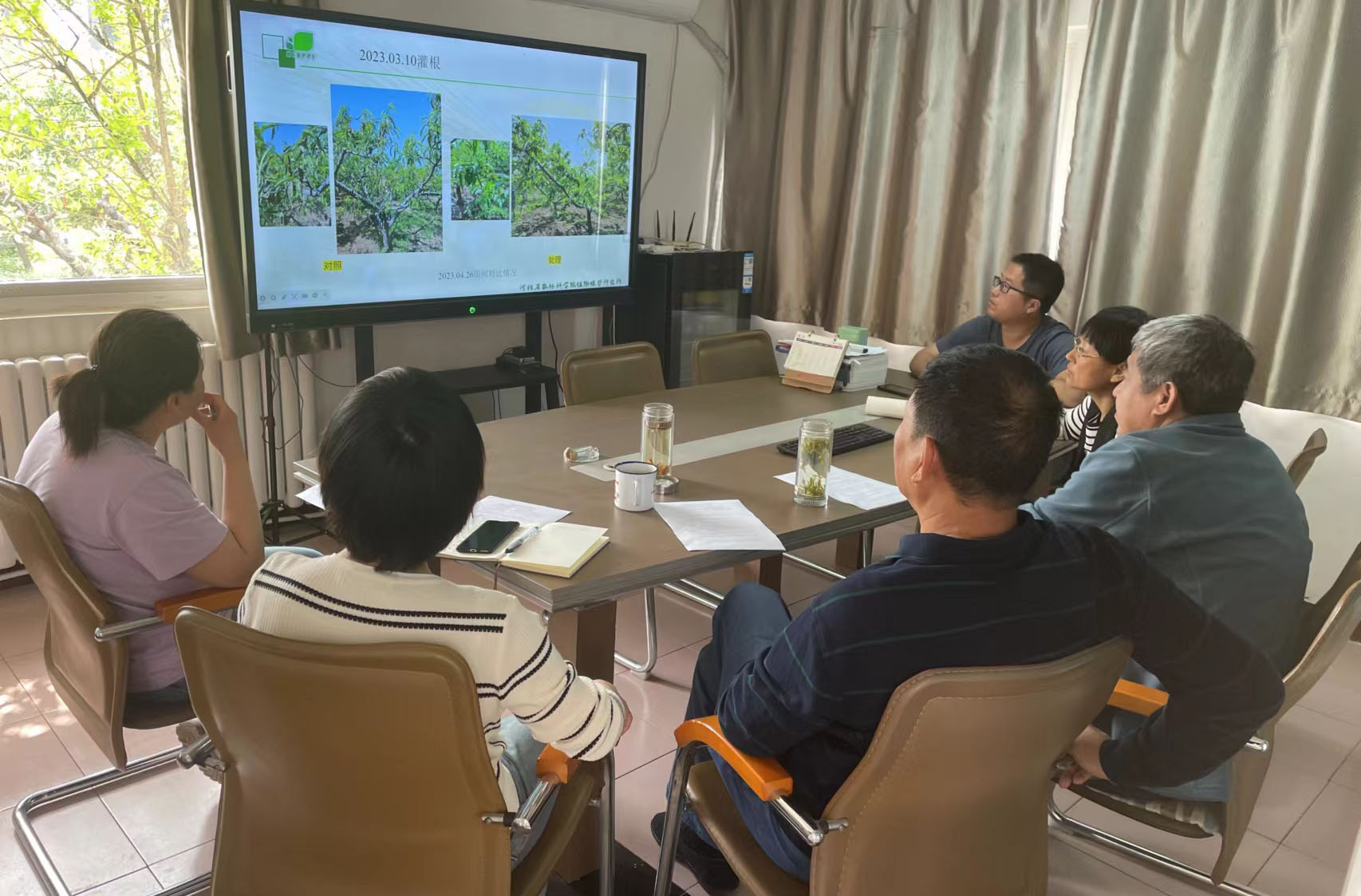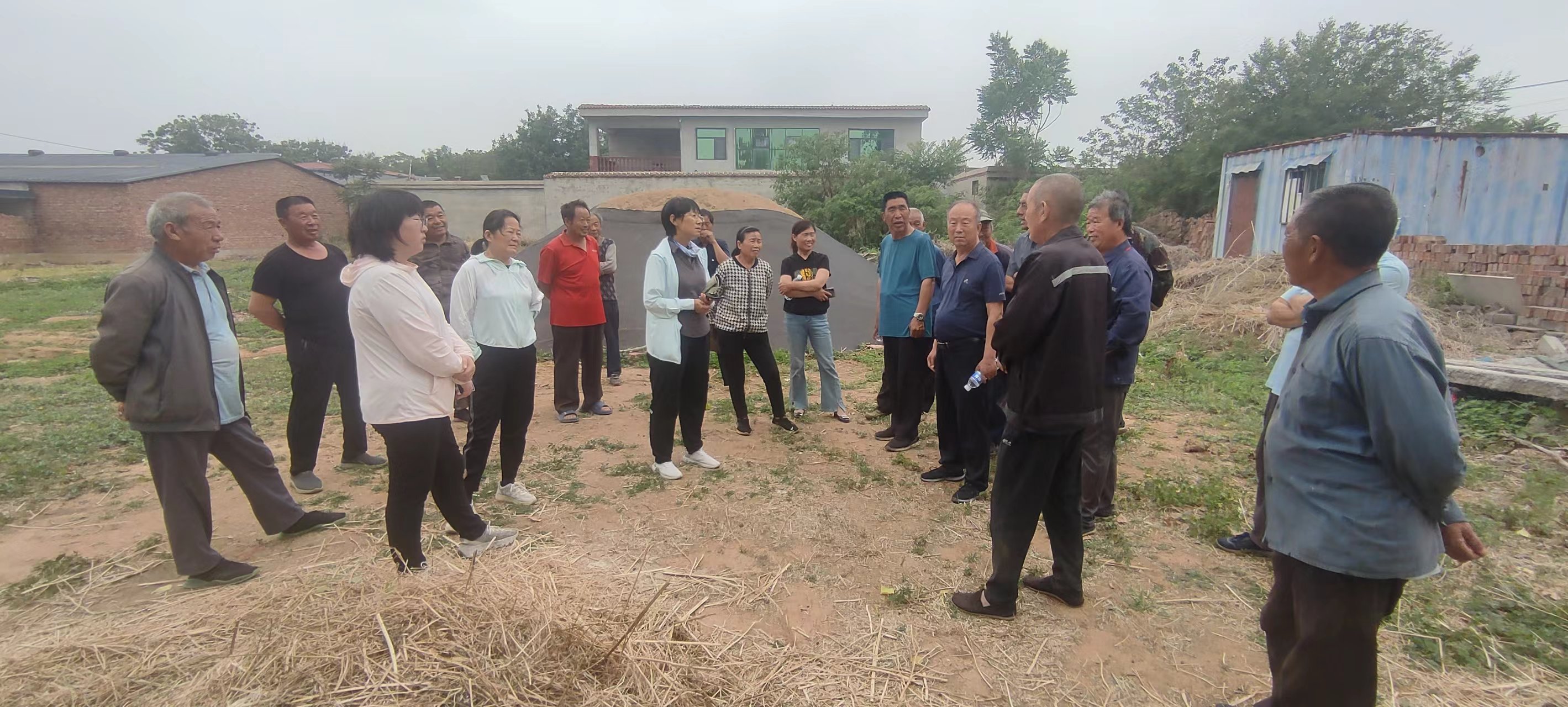Recently, the green prevention and control team of the Provincial Peach Innovation Team has visited Xindu District and Guangzong County in Xingtai multiple times, to conduct on-site research on the phenomenon of peach trees being "dead and alive" that has been widely reported by local agricultural and rural bureaus and fruit farmers, and to diagnose the causes and solve problems.
 <
<
According to local feedback, under the same management conditions, some orchards experienced yellow leaves, fallen leaves, and fruit in late April and early May, and then regrowth leaves. The peach trees did not survive but did not produce any yield. Local fruit farmers commonly referred to the peach trees as "dead and alive" and took various measures but did not see any improvement. In response to this situation, the green prevention and control post of the Provincial Peach Innovation Team invited multiple experts from the Plant Protection Institute's Plant Disease Control Research Room and Fungicide Research Room to work together, analyze the causes of the occurrence, and try various methods. It was found that using Bacillus subtilis for root irrigation can achieve good results. According to the survey results of soil leaf mineral elements and soil microbial community diversity, this spring, biocontrol experiments were deployed in Huangsi Laoshang Village, Nanshimen Village, Nanliangshe Village, and Guangzong Lifan Village, where heavy outbreaks occurred. The use of our plant disease biocontrol research laboratory's self-developed biocontrol products, Soil Control No.1 and Soil Control No.2, for root irrigation control resulted in a significant improvement in peach tree vigor and varying degrees of yield.
 <
<
At present, indicators such as tree biomass and microbial count are being further tested and analyzed in order to find the best way and method to solve the local peach tree problem.
 <
<
(Source from )